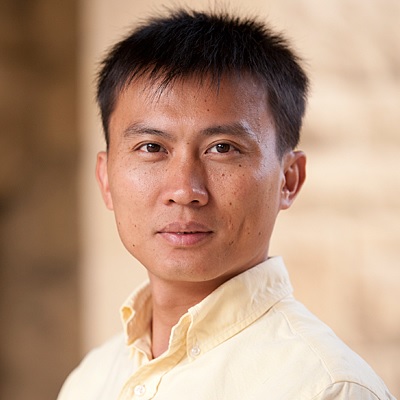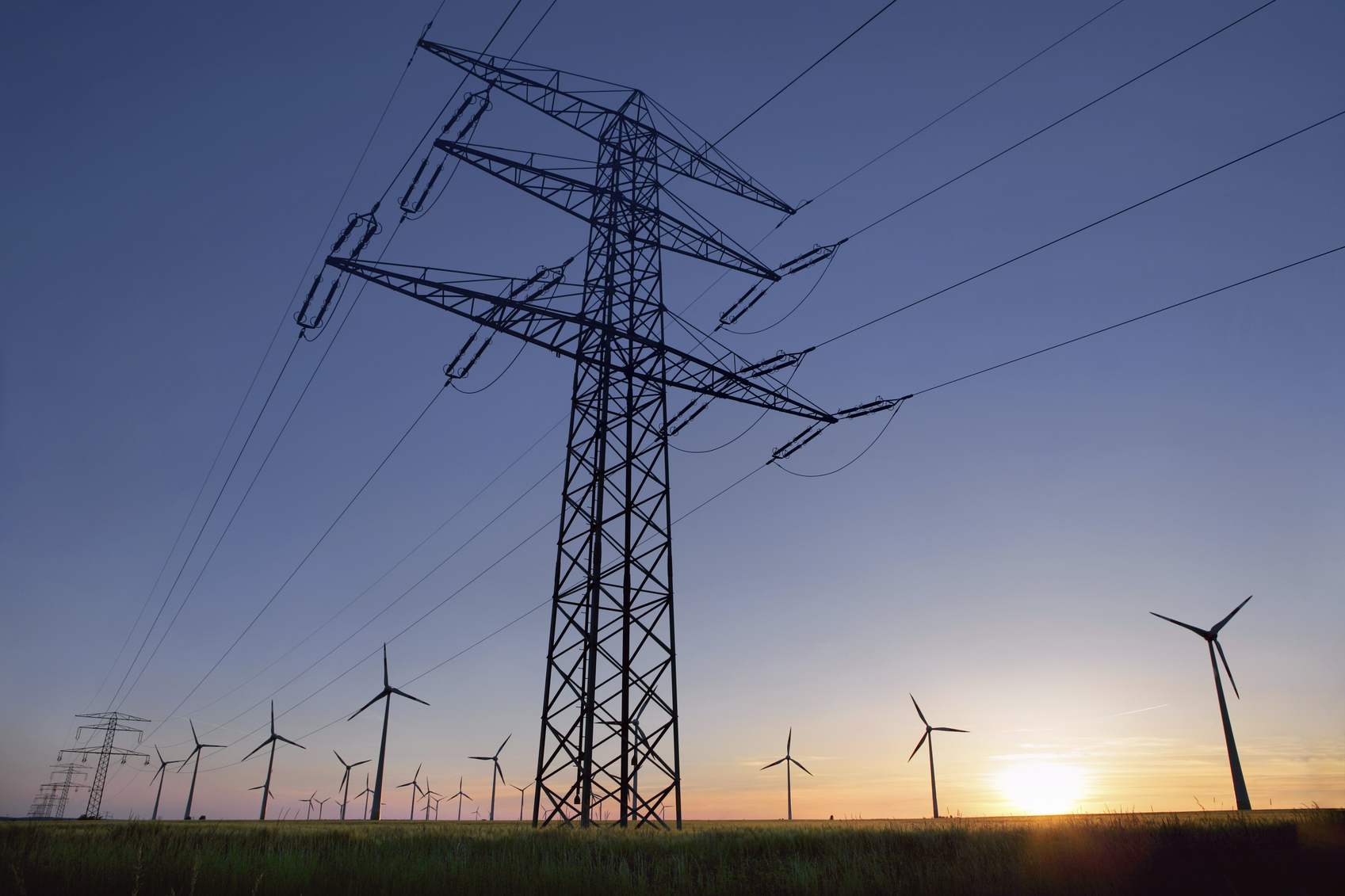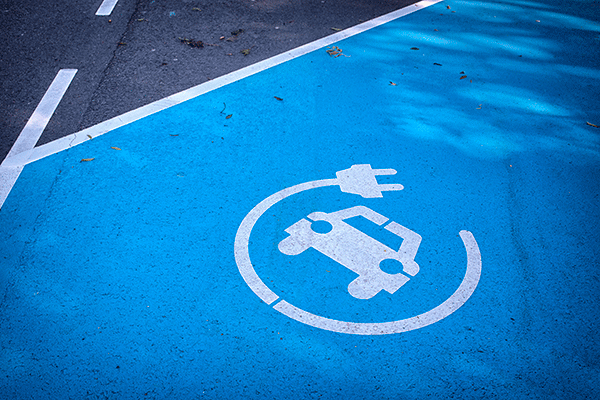 Researchers from MIT have developed a new way to extract copper by separating the commercially valuable metal from sulfide minerals in one step without harmful byproducts. The goal of this new process is to simplify metal production, thereby eliminating harmful byproducts and driving down costs.
Researchers from MIT have developed a new way to extract copper by separating the commercially valuable metal from sulfide minerals in one step without harmful byproducts. The goal of this new process is to simplify metal production, thereby eliminating harmful byproducts and driving down costs.
To achieve this result, the team used a process called molten electrolysis. Electrolysis is a common technique used to break apart compounds, often seen in water splitting to separate hydrogen from oxygen. The same process is also used in aluminum production and as a final step in copper production to remove any impurities. However, electrolysis in copper production is a multistep process that emits sulfur dioxide.
This from MIT:
Contrary to aluminum, however, there are no direct electrolytic decomposition processes for copper-containing sulfide minerals to produce liquid copper.


 Earth’s climate is changing rapidly. We know this from billions of observations, documented in thousands of journal papers and texts and
Earth’s climate is changing rapidly. We know this from billions of observations, documented in thousands of journal papers and texts and 
 In an effort to develop a more affordable, plentiful alternative to lithium-ion batteries, researchers from Purdue University are pursuing rechargeable potassium based batteries, demonstrating a way to derive carbon for battery electrodes from old tires.
In an effort to develop a more affordable, plentiful alternative to lithium-ion batteries, researchers from Purdue University are pursuing rechargeable potassium based batteries, demonstrating a way to derive carbon for battery electrodes from old tires. Science is messy, but it doesn’t have to be dirty.
Science is messy, but it doesn’t have to be dirty. On June 21, publishing giant Elsevier won a legal judgement against websites like Sci-Hub, which illicitly offer access to over 60 million academic articles. The court ruled in Elsevier’s favor, awarding the publisher $15 million in damages for copyright infringement.
On June 21, publishing giant Elsevier won a legal judgement against websites like Sci-Hub, which illicitly offer access to over 60 million academic articles. The court ruled in Elsevier’s favor, awarding the publisher $15 million in damages for copyright infringement. Using energy stored in the batteries of electric vehicles to power large buildings not only provides electricity for the building, but also increases the lifespan of the vehicle batteries, new research shows.
Using energy stored in the batteries of electric vehicles to power large buildings not only provides electricity for the building, but also increases the lifespan of the vehicle batteries, new research shows.